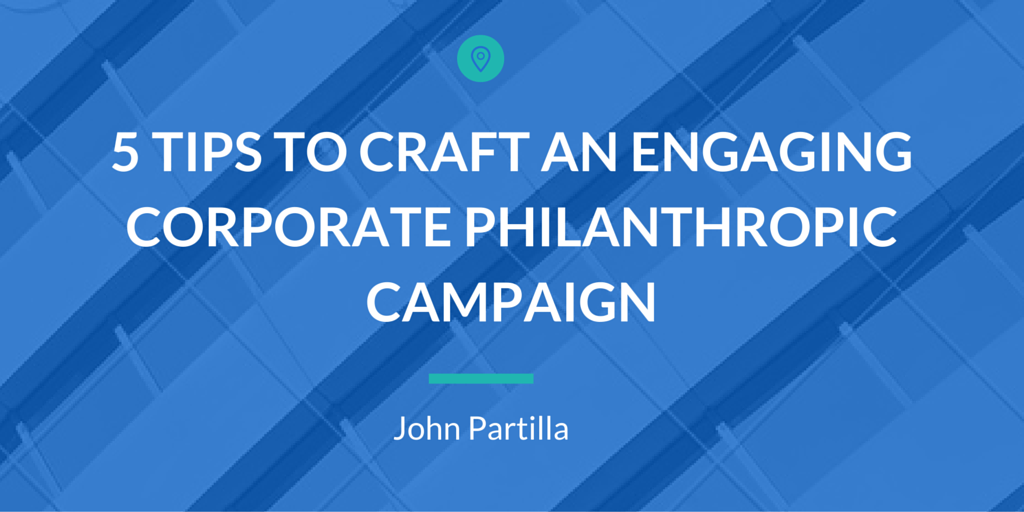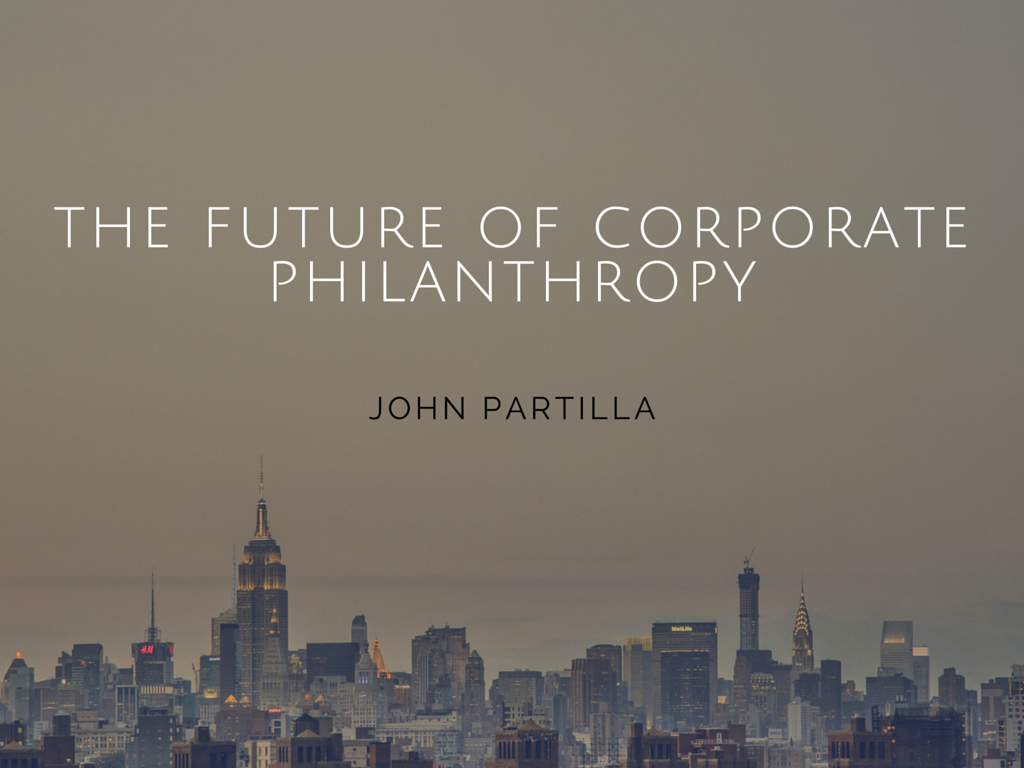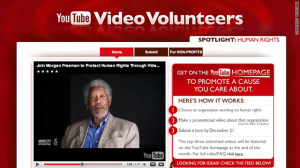No matter how much financial success you have, the best entrepreneurs are those who give back to their communities. Instilling philanthropic values in the people around us is crucial in bettering our society. The best way to reach success and to be a well-rounded business professional is to incorporate philanthropic values into business planning from the very start.
The key to philanthropy is to make it engaging. For example, partners show their children the importance of helping others through hands-on activities such as donating toys or helping elderly neighbors. This makes philanthropy engaging and even more likely to make a difference in the lives of everyone involved.
If you’re a high net-worth individual, you have the opportunity to connect with your giving on a whole new level. Not only can you make your work engaging, but you can implement structural processes that will lead to the highest amount of impact possible.
High net-worth individuals with a lot of generosity have a large means to put their plans into action. The best way to go about this is for individuals to convene and share their information from various resources in order to create change at the grassroot. High net-worth individuals are typically driven by the simple agenda of doing good.
So why exactly is it that high net-worth individuals have the power to make a large difference? People with high net-worth are often able to work side-by-side with nonprofit organizations. The most effective giving occurs when these people empower the NGOs they work with. This involves learning more about the NGO’s challenges, finding solutions to red flags, and taking advantage of opportunities for growth. High net-worth individuals who truly make a difference don’t simply donate to companies; they create an effective partnership with the companies.
One example of this is an American family that funded School-on-Wheels, an education program in india that transformed a commercial bus into a mobile classroom that traveled from one slum to another to bring education to children on the streets. Because of the family’s funding, thousands of vulnerable children benefitted, and the NGO’s capacity was increased. The funding was critical to helping the company create a lasting impact. The funding continued for many years, building capacity and systematically addressing the needs of School-on-Wheels.
School-on-Wheels was able to reach its full potential largely due to the honest evaluation, clear reporting and constant dialogue between the organization and the family that funded it. The organization has since grown to enormous heights. In fact, Prince William and Kate Middleton chose this NGO as one of three nonprofits they visited in India.
It is important to structure your company so that you can maximize impact. One way to do this is to create a shared value system. Think about what problems are most important to the company and why solving those problems is so important. Then think about your investment philosophy. Consider whether you will make long-term investments or single-year grants. Once you’ve thought about your values, your mission statement should come naturally.
Evaluation and reporting is an important part of the upkeep of a philanthropic campaign. Create a simple quarterly or bi-annual report that clearly outlines the positives and the negatives. Evaluation of your grantees allows you to brainstorm about the ways to empower your grantees and how you can build capacity. It’s also a great idea to collaborate with other high net-worth individuals and philanthropists who want to work toward the same goal.
There is no one right way to make a difference, but if you incorporate philanthropy into your business strategy from day 1 and collaborate with others, your efforts are sure to create change in the world.



